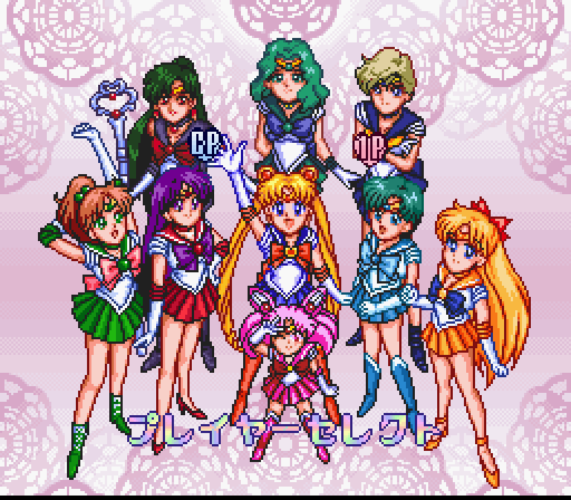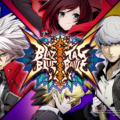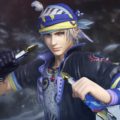Fighting Games Friday: The Rise in Popularity of a Sailor Moon Fighter

Fighting game tournaments tend to feature several games, with the biggest focuses these days being popular titles like Street Fighter V, Dragon Ball FighterZ, and Tekken 7. They also have several moderately popular games, like Guilty Gear Xrd Rev 2 and eventually Blazblue: Cross Tag Battle. The comparatively unimportant games tend to be given side tournaments, like Under Night In-Birth EXE:Late[st] and Skullgirls, along with older games like Arc System Works’ Fist of the North Star and Melty Blood. But the latter group can also include much older games neglected in their time that rose to popularity through tournament players discovering them, one of which is currently a Sailor Moon game for anime fighting game fans.
Specifically, that’s Bishoujo Senshi Sailor Moon S: Jougai Rantou?! Shuyaku Soudatsusen! (whew) for the Super Famicom (the Japanese Super Nintendo equivalent), literally translated as Pretty Soldier Sailor Moon S: Outdoor Brawl?! Heroine Duel! (again, whew). The game was obscure in tournaments for a while, even among the similarly obscure Anime Fighting Game Community, but its popularity started taking off when several players entered a small tournament at Canada Cup 2017. Here, several started taking notice of how fun it looked, both at the tournament and especially on the Twitch stream. Since then, it’s appeared at several tournaments throughout Canada and the US.

Sailor Moon S is a fighting game based on, well, Sailor Moon S, the third series in the 90s Sailor Moon anime franchise. It’s a one-on-one title that features all the Sailor Scouts Soldiers from the series from that point, for a total of ten characters. This bizarrely means it doesn’t include any villains, with only the Sailor Soldiers battling it out, and Tuxedo Mask only appears on the Continue screen. It’s a strange decision likely done due to cartridge limitations, but this doesn’t hinder the core gameplay.
This is a four-button fighting game with two buttons dedicated to light and hard punch, while the other two are the light and heavy punch buttons. Its layout is similar to those from several SNK games from the past to the present, a preferable alternative to six-button games which had inputs matched to the SNES pad’s shoulder buttons like the Street Fighter titles. It also contains several hallmarks of 2D fighting games, including command-based special techniques that rely on diagonal inputs and throws. Characters can also backdash, while two have forward-dashes. Part of the reason why it became a popular mini phenomenon is due to how easy it is to pick up for anyone familiar with the basics of fighting game fundamentals.

The game’s unique quirks also help it stand out compared to other fighters, both new and old. The presence of dashing is necessary thanks to how all the characters can provide relentless pressure on their opponents, though guard cancels also exist to prevent anyone from taking too much chip damage. Characters can also cancel out of certain normal attacks and specials with a backdash or forward dash to make them safe on block, and the combination of these and character-specific techniques give it a sense of depth.
After watching the game in action for a while, it couldn’t be more evident that it wasn’t designed for tournaments. The damage is off the charts for basic techniques and combos, and the damage done through some Desperation Moves has to be seen to be believed. These moves can be executed when one of the Sailor Soldiers has 20 percent of their health left, and some can take up to 70 percent in damage. It’s what you show to players who thought the comeback techniques in, say, Street Fighter IV or Marvel vs. Capcom 3 were too much. But the hilariously high damage is part of what makes the game fun to watch, since no one takes it too seriously.
They also made the right decision in making Sailor Jupiter a force to be reckoned with, since she has good tools up close and from a distance. They knew who the best character of the bunch is. Sailor Mercury is cool too (pun absolutely intended), though less so in this game.

The game also came with notable unique features for its time. It came with a two-player Training Mode over a decade before they started becoming commonplace in fighting games. Even more notable is the button-checking feature before matches, to make sure the configurations are to both players’ preferences. Button checks are necessary for tournament matches, but even most modern fighters don’t launch with a feature dedicated to it. Sure, there were other features strangely left out, like the ability for characters to charge attacks before a round begins. But the above features are well worth mentioning despite that.
Sailor Moon S is a fun game to watch and play, and it’s seemingly not too expensive to get a copy of the original game. “Seemingly” because no way to tell whether all the copies for sale on bidding and sales sites are legitimate or not. Because of that, most players choose to grab it through emulation, which is made clear from how a link to the rom is the first result if you search the “Bishoujo Senshi Sailor Moon S: Jougai Rantou?! Shuyaku Soudatsusen!” name on Google. Give the game a shot, but also keep an eye out on tournament schedules if you want to watch more live matches.





